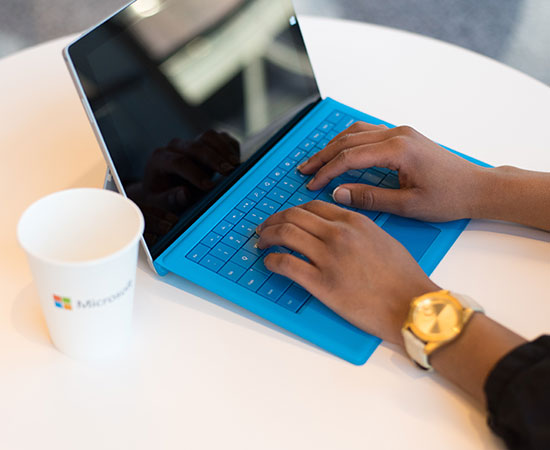Why Is PC Booting Slow - Causes and how to Fix the issues
A slow boot time can be frustrating, especially when you need your system to start quickly for work or personal use. Over time, various factors contribute to sluggish startup performance. In this guide, we’ll explore the common causes of slow boot times and the best solutions to speed up your computer.
Common Causes of Slow Boot Times
-
Too Many Startup Programs
- Many applications launch automatically when your PC starts, consuming system resources.
-
Outdated or Corrupt Drivers
- Old or faulty drivers can slow down the boot process, especially for hardware components like graphics and network adapters.
-
Malware and Bloatware
- Viruses, spyware, and unnecessary software can impact system performance.
-
Fragmented Hard Drive (HDD Users)
- Mechanical hard drives slow down over time due to file fragmentation.
-
BIOS Settings & Boot Order Issues
- Incorrect boot priority settings in BIOS can delay startup.
-
Pending Windows Updates
- Some updates require system restarts and can slow down the boot process.
-
Hardware Limitations
- Older systems with insufficient RAM or slow storage (HDD instead of SSD) struggle with modern software demands.
How to Fix a Slow Boot Time
1. Disable Unnecessary Startup Programs
- Press Ctrl + Shift + Esc to open Task Manager.
- Navigate to the Startup tab.
- Disable apps that are not essential at startup.
2. Update Your Drivers
- Open Device Manager (Press Win + X, then select Device Manager).
- Expand categories like Display adapters and Network adapters.
- Right-click on each and select Update driver.
3. Scan for Malware and Remove Bloatware
- Use Windows Defender or third-party antivirus software to scan your system.
- Uninstall unnecessary software via Control Panel > Programs and Features.
4. Defragment Your Hard Drive (For HDD Users)
- Open Defragment and Optimize Drives from the Start menu.
- Select your HDD and click Optimize.
Note: If you use an SSD, do not defragment. Instead, enable "Trim" in your SSD settings.
5. Check BIOS Boot Order & Settings
- Restart your PC and enter BIOS (usually by pressing F2, F12, Del, or Esc during startup).
- Ensure your primary boot drive is set correctly.
6. Manage Windows Updates
- Go to Settings > Update & Security.
- Install pending updates or pause them if they are causing slowdowns.
7. Upgrade to an SSD for Faster Boot Times
- Replacing your HDD with an SSD can dramatically improve boot speeds.
- Consider upgrading your RAM if your system has 4GB or less.
Final Thoughts
A slow boot time is often caused by unnecessary startup programs, outdated drivers, or hardware limitations. By following the steps above, you can significantly improve your PC’s performance. If you still experience delays, consider consulting a tech support expert for deeper diagnostics and upgrades.
Need Professional Help?
If you’re unsure how to optimize your system or want expert assistance, our tech support services can diagnose and resolve performance issues efficiently. Contact us today for a free consultation!
Similar Posts : Why Is PC Booting Slow - Causes and how to Fix the issues, Top Tech Support Trends-How Businesses Are Adapting in 2025, Ransomware - What You Need to Know & How to Protect Yourself, Quick TechSupport-Fast and Reliable IT Support - IT Solutions for Businesses, How to Remove Viruses and Malware from Your PC A Step-by-Step Guide, See Also:techsupport